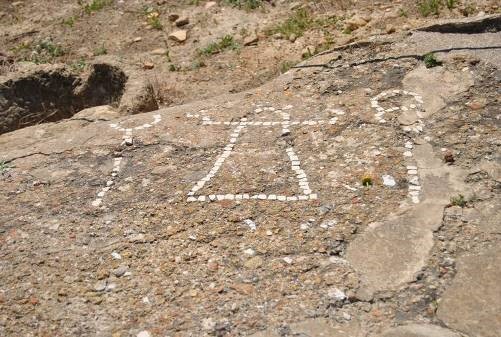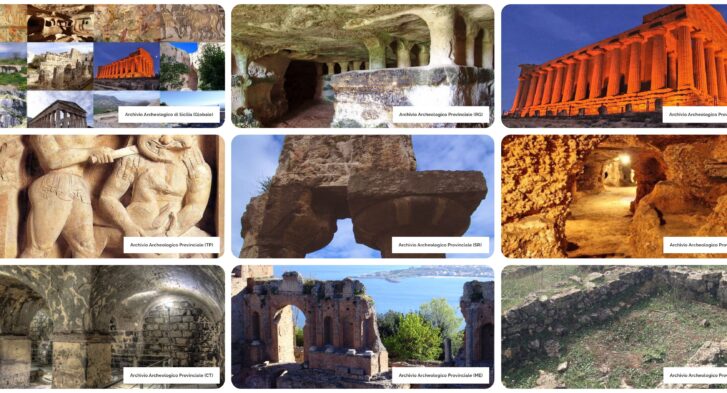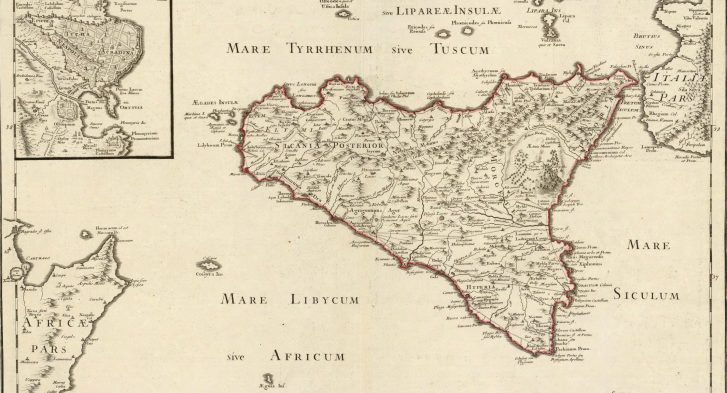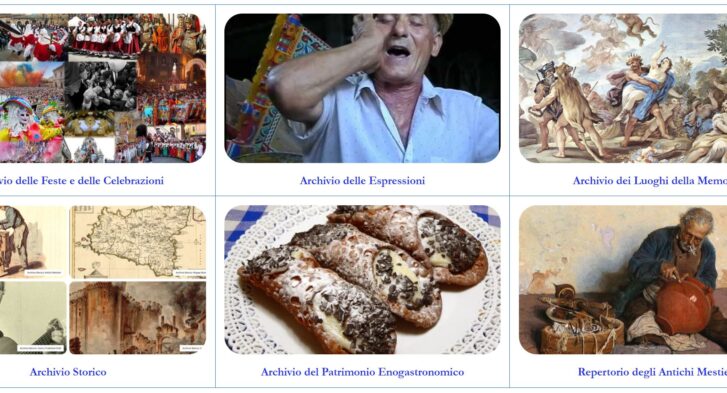Tanit
Reference page: Repertory of Cults and Myths
Tanit can be considered the Carthaginian version of Phoenicia Astarte, whose cult would be documented since the second millennium BC She was the goddess of love and fertility, these characteristics, which led to identify her with Aphrodite. The syncretic link that unites Tanit to Aphrodite would be testified by the hypothesis that in Erice, in the same place where the temple of Venus Ericina once stood, a temple dedicated to Tanit first rose.

Stele of the Tophet of Carthage (web)
Tanit was considered by the Carthaginians the wife of Baal, and even to her, at least in the initial phase, children were sacrificed. This would be testified by the fact that in the tofet of Mozia, figures representing the goddess were found near urns containing the bones of children. In a second phase, as it happened for the god Baal, also for Tanit, the children were replaced by animals.
Indications of a transformation towards less bloody sacrificial forms, probably due to a certain form of Hellenization of the rite, are testified to Selinunte, where recent excavations have brought to light the Punic settlement. Sacred areas have been identified, similar to the tophet of Motya, where the sacrificial remains are those of small animals.
Also in Selinunte, two floor mosaics symbolizing Tanit were found: one in a house, the other in a pronaos (the portico that preceded the cell in Doric temples) of the ancient temple A.

Selinunte Archaeological Park. Tanit symbol (web)
At the Regional Archaeological Museum of Palermo are preserved funerary aedicules from the XNUMXst century AD, coming from Lillibeo, which present Greek, Punic and Roman elements at the same time. In fact, the Punic symbols of Tanit (a triangle at the apex of which there is a horizontal line and a disc schematizing a female figure) are accompanied by Greek inscriptions, while the representations of the furnishings inside the aedicules are Roman.
Other evidence of the cult of Tanit can be found in the Grotta Regina, near Palermo, on whose walls there are drawings depicting various animals and two typical signs of Tanit.
Extract from the Book ” Cults of Ancient Sicily” by Ignazio Caloggero ISBN: 9788832060102 © 2022 Centro Studi Helios srl







